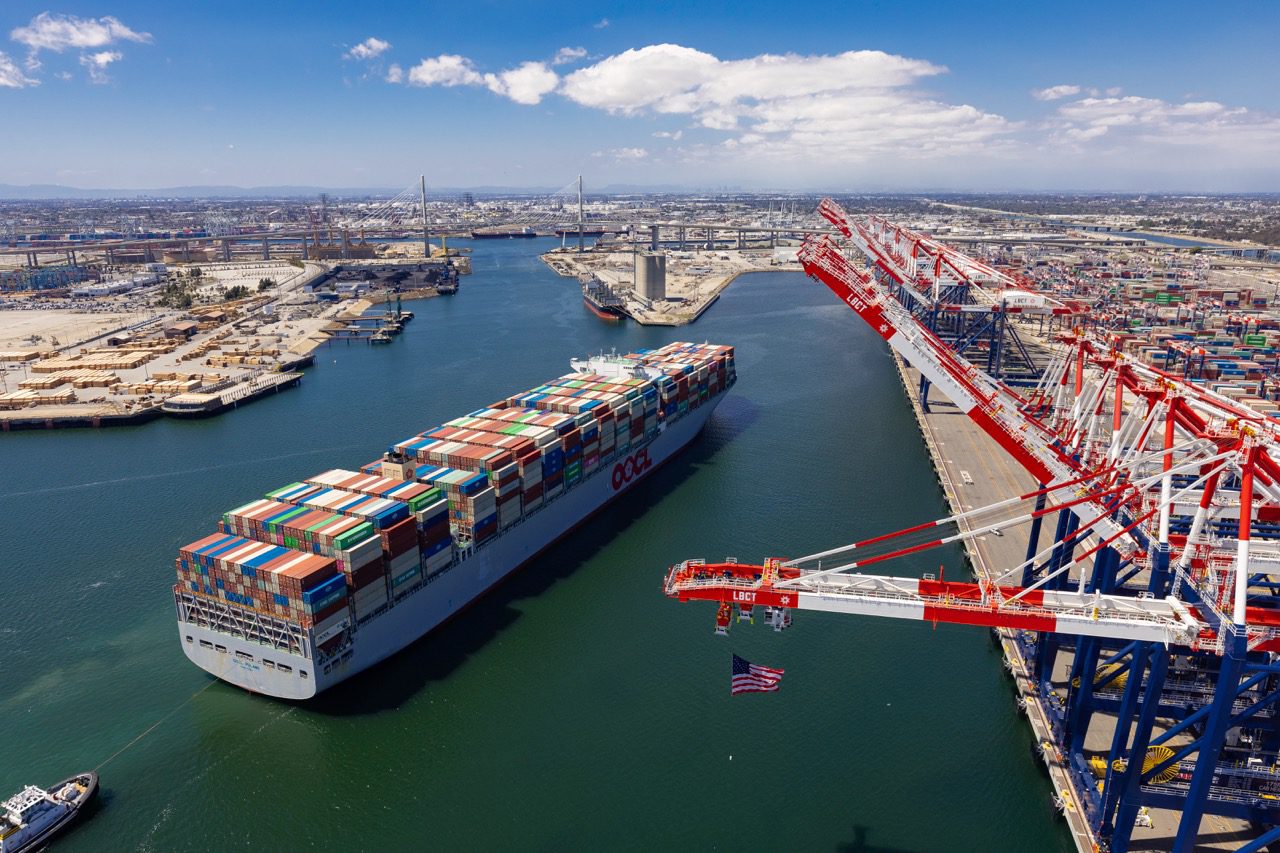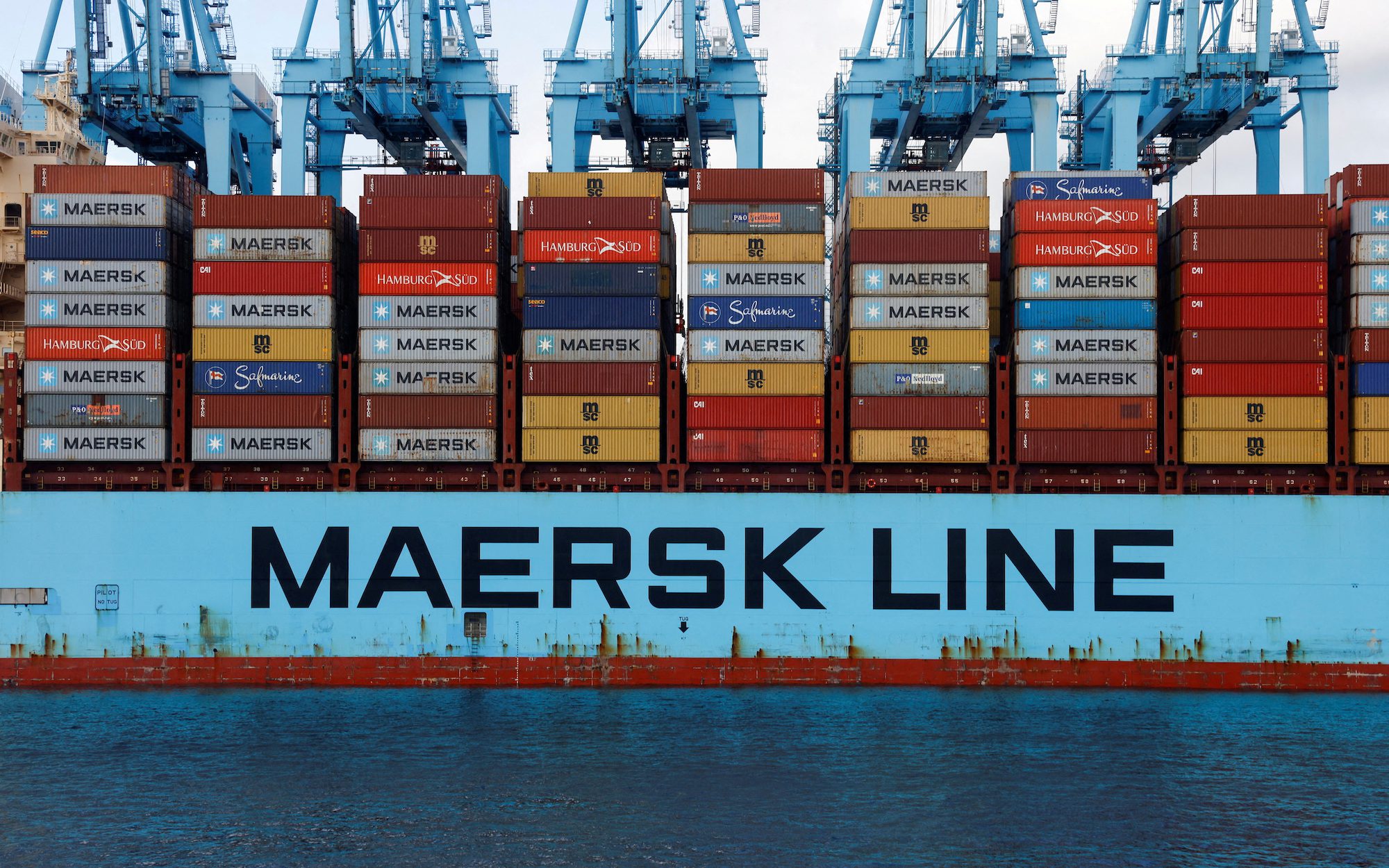By Gavin van Marle (The Loadstar)
Despite large parts of the Chinese workforce continuing to enjoy the new year holiday, there was a partial return to work for other parts of the economy, including the country’s freight forwarders.
They were welcomed with another week of falling spot rates across most of the major trades.
This week’s Shanghai Containerised Freight Index (SCFI), which collates quotes for the forthcoming week, saw declines across all its trade routes, bar a 10% week-on-week increase on China-Mexico.
The SCFI’s China-North Europe and China-Mediterranean dropped 16% and 5% on the previous week, respectively, while the rates to the US west and east coasts both fell 5% week on week.
Drewry’s World Container Index (WCI) Shanghai-Rotterdam leg dropped 5%, to finish the week on $3,125 per 40ft, a rate that is now some 29% down year on year, while its Shanghai-Genoa leg was down 4%, at $4,236 per 40ft, 19% down year on year.
The declines on both routes come as reports indicate a deepening price war on Asia-Europe trades.
“There are no real constraints on vessel space or finding the equipment,” Zencargo VP of global head of ocean freight Anne Sophie Fribourg told The Loadstar yesterday.
“I’m seeing some really low rates with certain carriers on pre-paid terms. I don’t know if it is psychological, but the cheapest spot rates are with the Gemini carriers – perhaps they are anticipating weak demand, but their quotes are around 20% below the rest,” she added.
Meanwhile, the WCI’s Shanghai-Los Angeles and Shanghai-New York legs both declined 1% week on week, to $4,717 and $6,212 per 40ft, respectively.
However, unsolicited quotes received by The Loadstar from Chinese forwarders back in their offices this week offered spot rates far below this, with one quote for $2,300 per 40ft from Shanghai to Los Angeles and Oakland, departing next week, while another quoted $3,600 per 40ft from Shanghai and Ningbo to the US east coast.
“Post-Chinese New Year though to the end of February there are going to be some very attractive spot rates out of Asia – this is a market run purely by supply and demand,” Ms Fribourg explained.
However, she added, long-term rates were being negotiated at “quite high levels” as shippers continued to prioritise access to capacity for a lot of their shipments.
“My advice to shippers is always have a certain amount of cargo under long-term agreements, because it gives them security,” she said.
The main lever for carriers to halt the slide in rates is to curtail capacity, and Xeneta head analyst Peter Sand warned recently that the number of blanked sailings was likely to significantly increase.
According to Xeneta data, the number of blanked sailings will steadily increase, to reach 38,900 teu of shipping capacity on the Far East-Mediterranean trade in week commencing 24 February. This is an increase of 318% on current levels.
On the Far East-North Europe, blanked sailings will equate to around 75,700 teu of shipping capacity by 24 February – an increase of 449%.
“Carriers will not sit on their hands while freight rates collapse. They will do everything they can to keep rates elevated, and have got much smarter at capacity management in recent years,” Mr Sand said.
“Will it be enough? Hardly,” he added.
“We are expecting more than what’s been announced up until now, to come about in forthcoming weeks.
“On top of that, the introduction of new services from the alliances will indirectly tie-up capacity as they enter new loops,” he told The Loadstar.
The Loadstar is known at the highest levels of logistics and supply chain management as one of the best sources of influential analysis and commentary.

 Join The Club
Join The Club










